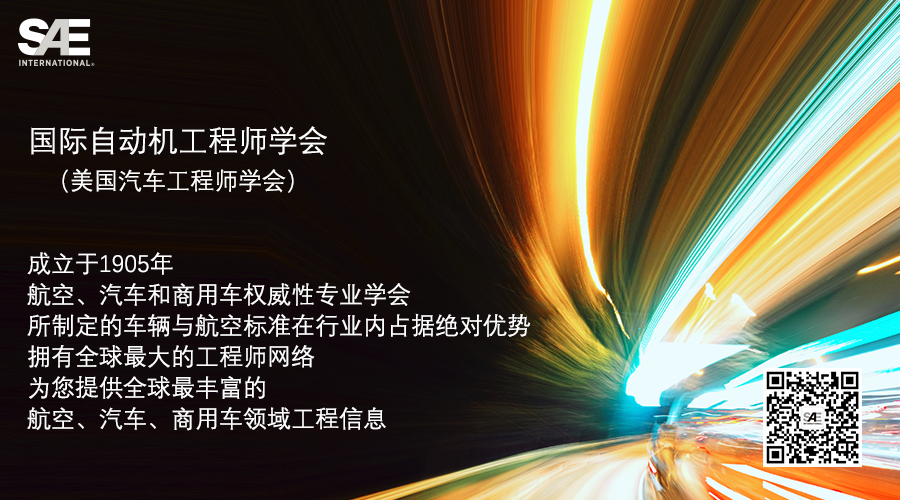 部分供应商已经着手开始使用OTA技术
部分供应商已经着手开始使用OTA技术
随着OTA(空中升级)技术的更新,基础设施的建设竞赛甚嚣尘上,越来越多的供应商希望在这个未来的大热领域中占据一席之地。在整个供应链的繁荣背后,可以看到保修成本、网络安全和智能手机用户需求等多种推动其发展的因素。
OTA最初是以特斯拉为代表的豪华汽车所具备的功能——特斯拉曾大举宣传OTA,但如今它已迅速普及至其他车型级别。康明斯在其X12和X15重型发动机车型系列上安装了OTA设备,预计于2017年上市。康明斯互联校准公司(Cummins ConnectedCalibrations)承诺该功能可以对发动机进行现场无线调校。
目前OTA更新的主要内容是车载娱乐和通讯系统,但康明斯的举动表明,在未来几年中OTA的应用领域还将进一步扩大。一些分析家认为,控制保修成本将成为推动OTA发展的关键。
“在过去2年内,软件问题在产品召回的所有原因中占据了相当大的比例,而且我确信,2016年这一比例还将升高,”战略分析公司(Strategy Analytics)的Roger Lanctot在最近的一场网络论坛上表示。“OEM发展OTA的一大动机必定是规避保修成本。”
随着网络连接的日益扩张,黑客问题和其他威胁也将刺激OTA需求的增长。安全程序必须升级,否则无法在汽车的整个生命周期内为其提供有效保护。此外,消费者在智能手机中增添应用的习惯,也是促进OTA增长的原因之一。这些情况意味着,工程团队必须处理各种各样的需求。
“OEM需要的是在车辆设计完成2-3年后,还能为其添加新功能的人,”Argus 网络安全公司业务发展主任Yoram Berholtz表示。“这将成为设计团队的新模式。通讯和信息娱乐系统硬件也需要改变,将来我们需要更大的存储空间和更强的计算能力。”
车载软件和控制器的庞大数量,将使汽车的OTA更新比手持设备复杂得多,来自多家供应商的硬件和软件必须在同一个环境中,以极高的质量和可靠性协同工作。
“汽车制造商从来不会只从一家一级供应商处购买所有部件,” Airbiquity 市场副总裁Scott Frank表示。“他们会购买多种软件工具,聘请多家软件安装商,因此需要一个集中式的管理部门。”
构建一个完整的OTA系统需要在车内和车外开展大量工作。车载系统必须具备同时容纳旧软件和更新内容的充足存储空间,因为旧软件在发生问题时可以用于备份。此外,整个架构还必须能够支持从云端到每个电子控制单元(ECU)的下行链路通讯。
“扁平化架构可以确保车内的每个终端独立与云端进行验证,” Movimento的首席技术官Mahbubul Alam表示。“我们现在所做的,就是将更多的CPU与云端相连,并将更多的CPU安装在车内。”
OTA应用不仅限于车载信息系统,还可以用于加密。“它们可以直接将加密算法置于数据源头,并在其发送至车内终端的整个过程中对其加以保护,”Alam解释道。
通讯通道是开发商关注的另一个重点内容。蜂窝网络连接可能对消费者造成一定费用,因此许多战略家认为Wi-Fi可能是更好的选择,部分原因是人们大多数时候会把车停在家里或公司里。
但实际上,蜂窝网络连接的成本可能并非如此高昂,并不会对不使用Wi-Fi的用户造成很大影响。
“尽管大多数人都将从Wi-Fi渠道下载大部分内容,但仍有一些情况会使用到蜂窝网络,”战略分析公司(Strategy Analytics)的Lanctot表示。“在大多数情况下,使用蜂窝网络的费用很低,因此根本无需担心成本问题。”
与费用相比,隐私问题可能更加重要。一旦消费者购得车辆进行使用,就会在使用过程中留下他们的个人信息,而诸如召回和通知等问题,也都要公开地进行仔细探讨。
“消费者需要对更新内容付费吗?消费者在更新内容下载前会收到通知吗?” Lanctot指出。“在需要召回的情况下,可能需要对客户进行更高层级的通知,而隐私保护也将成为一个重要的议题。”
尽管人们讨论最多的话题是向汽车发送更新内容,但观察家指出,从汽车上收集信息对OEM而言也非常重要。除了那些发送至经销商的保养信息外,汽车制造商还会收集与消费者偏好和零部件有关的数据,以帮助其了解新产品的使用情况和零部件的状态。
“在未来的新车上,你可能每天都会检查一下部件的工作情况,”Frank表示。“但过去你顶多每个月会检查一次。”

OTA updating brings benefits, challenges
The race to build up an infrastructure for over-the-air (OTA) updating is heating up as suppliers go all-out to gain a spot in a field that’s expected to see momentous growth. Warranty costs, cyber security and the expectations of smart phone users are among the factors driving developments throughout the supply chain.
OTA is quickly moving beyond the luxury vehicles typified by Tesla’s highly-publicized usage. Cummins added OTA capabilities on its X12 and X15 heavy-duty engine lines, which will ship in 2017. Cummins Connected Calibrations permits wireless engine tuning and calibration in the field.
To date, most efforts in OTA updating has focused on infotainment and telematic systems. Cummins’ move highlights the broad applications that are expected to show up in the next few years. Some analysts feel that controlling warranty costs will be a key driving force for the field.
“In the past two years, software has accounted for a significant portion of recalls, and I daresay 2016 will show a higher percentage of recalls for software issues,” Roger Lanctot of Strategy Analytics said in a recent webinar. “A key factor for OEMs is warranty cost avoidance.”
As connectivity expands, hacking and other threats will also fuel demand for OTA. Security programs will have to evolve to meet new threats over the vehicle’s lifetime. The expectations of consumers used to adding functionality to smart phones is another factor fueling growth projections. That’s forcing engineering teams to address a number of different needs.
“OEMs need people who look at adding capabilities two or three years after the design is completed,” said Yoram Berholtz, Director of Business Development atArgus Cyber Security. “This will be a new paradigm for design teams. Telematic and infotainment hardware will also need to change, more memory and more computing power will be needed.”
The huge volume of software and the number of controllers on vehicles make updating a far more complex task than revising handheld computing platforms. Hardware and software from many different suppliers will have to work together in an environment with extremely high quality and reliability levels.
“Automakers never get all their components from a single Tier 1,” said Scott Frank,Airbiquity’s Vice President of Marketing. “They have multiple software tools and multiple software installers, so they need a central management function to pull all that together.”
Building a complete OTA system requires plenty of work inside and outside the vehicle. On-board systems will have to have extra storage space to hold both updates and older software that can be used as a fallback if problems arise. Architectures will have to support communications from the cloud down to individual ECUs.
“Flattening the architecture makes sure that each particular endpoint in the car can authenticate to the cloud individually,” said Mahbubul Alam, CTO at Movimento. “What has been done between the cloud is we are getting more CPUs connecting to the cloud and more CPUs into the vehicle and deeper into the vehicle."
This is not only for infotainment but goes deeper to enable encryption. "They can put the crypto-algorithms directly where the source is and protect the data as it is delivered to end points in the car,” Alam explained.
Communications channels are another important aspect for developers. Cellular links can cost consumers money, so many strategists say that Wi-Fi might be a good option. That’s partially because the network’s short distances mean that cars will be parked at home or offices.
However, the costs of cellular aren’t expected to be large enough to impact owners who don’t utilize Wi-Fi.
“Most people plan to do a lot of updating via Wi-Fi, though there will be instances where software is updated over the cellular link,” Lanctot of Strategy Analytics said. “In most cases, the payloads will be small enough that there won’t be concern for the cost of a cellular connection.”
Concerns about payment will probably be dwarfed by privacy issues. Once buyers own the vehicle, they can have a say in what happens to it. Issues like recalls and notifications will be closely examined in public forums.
“Will consumers have to pay for updates? Will consumers have to be notified before updates are downloaded?" Lanctot asserted. "For recalls, there may be further notification involved. Privacy will be an important factor.”
Though updates sent to vehicles are widely discussed, observers note that pulling information from vehicles is important for OEMs. In addition to maintenance information that can be sent to dealers, automakers will collect data on consumer preferences and components. This input will help them see how new products are being used and how components perform.
“With a new car, you may want to run checks every day to see how new parts are working,” Frank said. “You may only check every month for an older vehicle.”
Author: Terry Costlow
Source: SAE Automotive Engineering Magazine
等级
打分
- 2分
- 4分
- 6分
- 8分
- 10分
平均分
